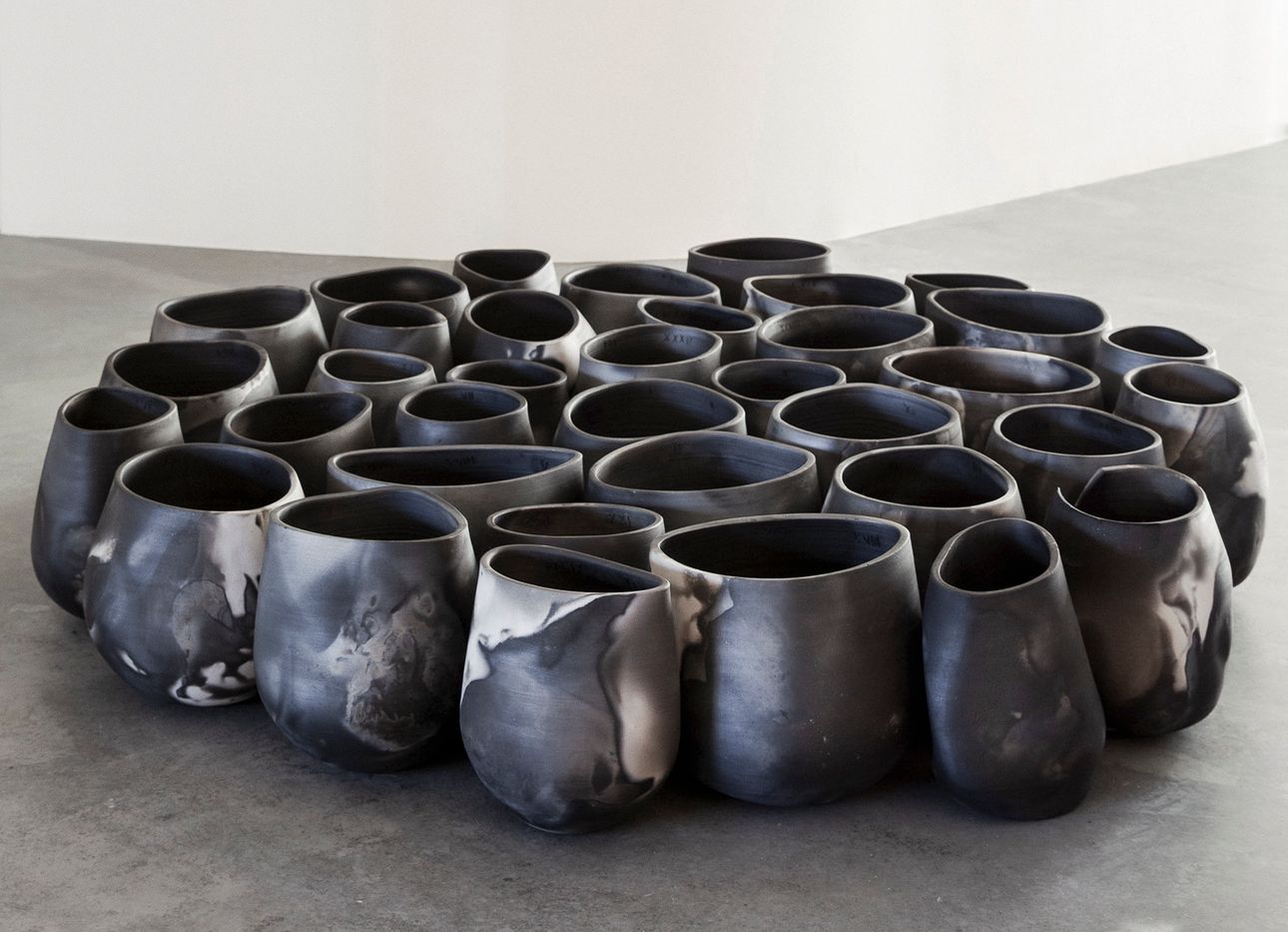
Noé Duchaufour-Lawrance’s New Lisbon Studio Celebrates Portugese Craft
Three years ago, French furniture and object designer Noé Duchaufour-Lawrance—whose clients include Baccarat, Bernhardt Design, Hermès, and Montblanc—moved to Lisbon, Portugal, to quell his desire to live in a small city by the sea. (He still maintains a studio in Paris.) Earlier this fall, he opened a space there called Made in Situ that champions the traditional crafts, techniques, and materials of the region through objects he designs and makes with local artisans. Its first collection, a line of black ceramic vessels, lamps, and diffusers called Barro Negro, is on view there through February 2021. We recently spoke with Duchaufour-Lawrance about his new platform and how he created the inaugural pieces with craftspeople who use a traditional firing method called soenga.
How did the idea for Made in Situ come about?
I’ve had this project in the back of my mind for a long time. It’s inspired by the way chefs work with ingredients that are directly around them, picking food from their gardens. As a designer, I realized that I had to look more carefully at what I have around me. When you become a consumer with this kind of awareness, it changes your way of seeing things. Made in Situ is a [way] for me to investigate and discover Portugal through its craft traditions.
To make the objects in the Barro Negro collection, you collaborated with Portuguese ceramicists Xana Monteiro and Carlos Lima. For more than three decades, they have been working in the soenga method, which gives pottery a coal-black color. Tell me about how that’s achieved.
Soenga is an ancient firing technique that dates back to Neolithic times. The pottery is buried in the ground [with burning pine], then covered in soil, creating a lack of oxygen that causes the pieces to become black and gives them a smoky smell. It’s a very aggressive way of cooking the pottery: A lot of it breaks in the process, so the forms have to be thick and strong.
How did you work together to make the pottery?
I visited [Xana and Carlos] a lot over the past two years, spending time in their workshop, sharing lunch or a drink after a day of hard work. It was a long, beautiful experience—first to build trust, and then to initiate the creative process. Soon I was sketching on the table, and Carlos was going to the wheel, working on tests with the clay. It was about exchanging, dreaming, and adapting to constraints. Patience was crucial to this adventure.
Aside from Portugal’s craft traditions, how else did the country inform your designs?
The Serra do Caramulo mountains and the nearby village of Molelos, where we made the pieces, played a big role in Barro Negro. On the Serra do Caramulo, you can find these granite rocks in roundish shapes that are sometimes cut with straight lines—they’re very sculptural.
You’re currently working with a honey-maker in Nisa, a candle-maker in Fátima, and a bronze expert in Peniche on future projects. How will your experience collaborating with different artisans be reflected in the objects you make together?
For each collection, I begin my investigation on a specific material with a kind of savoir faire. This leads me to more discoveries, thanks to the people I meet. In the end, our designs bear all sides of the stories lived in the process of creating them.